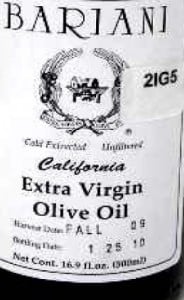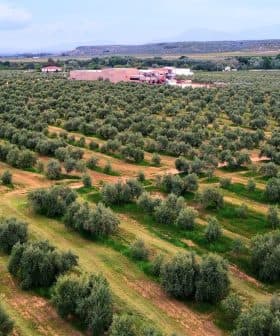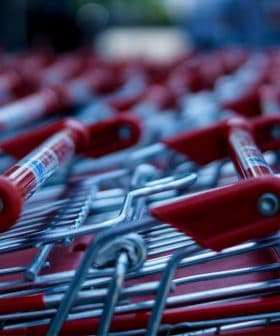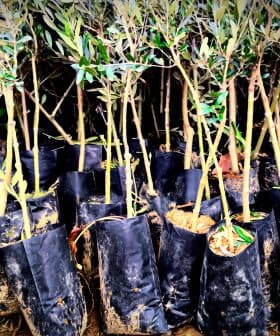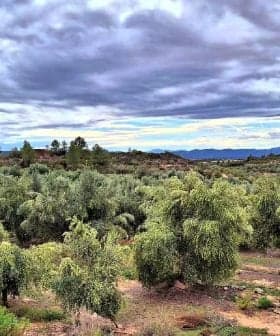UC Davis Study Questioned
A report by the UC Davis Olive Center found that 10 percent of California olive oil samples labeled as extra virgin olive oil did not meet standards, with one sample showing sensory defects due to being past its expiration date. The director of the Olive Center later clarified that the sample’s “best before” date was actually the bottling date, leading to a correction in the report’s appendix.
A key finding in a new report by the UC Davis Olive Center was questioned earlier today.
The report stated “10 percent of California olive oil samples labeled as extra virgin olive oil failed to meet the IOC/USDA standards for extra virgin olive oil.” The 10 percent referred to a single sample of Bariani extra virgin olive oil that was found by a lab in Australia to display sensory defects. Extra virgin olive oil, according to IOC and USDA guidelines cannot have such defects.
An Olive Oil Times article on the report pointed out today that, according to the report’s appendix, the Bariani olive oil that failed the sensory testing was bought,
and tested, well after the “best before” date.
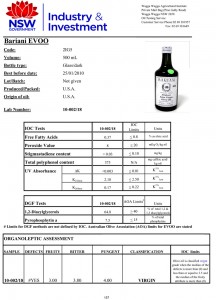 None of the other samples tested in the study were past their expiration dates, although a few had no dates at all.
None of the other samples tested in the study were past their expiration dates, although a few had no dates at all.
Another finding of the study, namely that 69 percent of imported extra virgin olive oils tested failed to meet IOC and USDA standards was not being challenged.
The age of an olive oil can greatly affect its sensory characteristics and, consequently, how well it scores in an organoleptic analysis. In a recent article expert Paul Vossen, University of California Cooperative Extension farm adviser and senior faculty member pointed out “a fresh olive oil is crisp. It has a lot of zing to it, a lot of complexity and depth to it. Whereas old oils, they’re just kind of greasy and flat.”
Dan Flynn, director of the UC Davis Olive Center, later responded in an email to Olive Oil Times explaining that the laboratory that tested the samples, the Australian Oils Research Laboratory in Wagga Wagga, New South Wales, made a typographical error and the January 2010 date entered as the “best before” date on the sample’s data sheet was actually the bottling date. Flynn provided an enlargement of an image in the report identifying the Bariani sample to support the explanation and the report’s appendix was later corrected.
.


